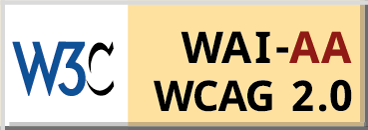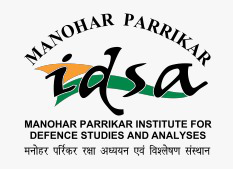India Gears Up to Enter the Eurasian Integration Path
As India enters the Eurasian integration path, it needs to be aware that there is an emerging trend in favour of intra-regional cooperation in Central Asia.
- P. Stobdan
- June 07, 2017
IDSA’s Europe and Eurasia Centre conducts its research both topically and regionally, focusing on the key strategic importance of Europe and the Eurasian region – covering Russia and the former Soviet Republics – to India’s security and foreign policy. While the European continent itself is no longer a major source of threats to India, European involvement and outreach on the global and regional arenas demand active attention to the security and defence policies of European countries and the efforts of major multilateral institutions such as NATO and EU. The Centre continues to host visiting European policy makers, academics, military personnel, diplomats and political leaders for conferences, seminars, lectures, workshops, and informal briefings.
In addition, the Centre focuses on the security and foreign policies of Russia as well as of the post-Soviet republics. India continues to depend on Russian defence supplies and benefits from Russian cooperation in the fields of hydrocarbon and nuclear energy. In the past, India and the erstwhile Soviet Union had invested heavily in a strategic relationship. That continues to be an important goal in official pronouncements. Russia is still politically, diplomatically and militarily important for India.
The Centre has published several books, reports, articles and policy papers on a wide variety of issues in the region. It has been conducting a series of security dialogues with the countries of the region at the bilateral and multilateral levels. The Centre also focuses on security and strategic issues in Central Asia that impact on India. Attention is also directed towards the energy security and economic linkages between India and Central Asian States.
No posts of Books and Monograph.
No posts of Jounral.
As India enters the Eurasian integration path, it needs to be aware that there is an emerging trend in favour of intra-regional cooperation in Central Asia.
India should use SCO for building convergences with China and Russia as well as minimise the intensity of China-Pakistan alignment which undercuts India’s direct access to Eurasia.
Emanuel Macron is likely to set different trends with regard to policy towards the EU, the Francophone region of Africa, the UN, major powers as well as medium and pivotal countries like India and Japan.
Two clashing visions of France were before the French voters. They chose, with many reservations, Macron and rejected Le Pen, but not wholly, for, her opposition to the EU, in some measure, enjoys the support of a sizeable section of French society.
At a time of heightened nationalism over the Ukrainian confrontation, these events cast doubts about the narrative of a stable political system.
Despite the opacity of Central Asian politics, the course of political change in the region is likely to be smooth, which is also essential for peace and stability within and outside Central Asia.
In the face of Brexit, the continued union of UK and Scotland hinges on arriving at a suitable political accommodation between the UK and the broad spectrum of the Scottish polity and the public.
It is time to engage in a dialogue process not just for enhancing strategic trust but also to think more cunningly about how to benefit from China’s riches by gaining access to Chinese credit and technology, and securing markets for Indian products.
In respect of trade and commerce, some uncertainties are looming over both US-German relations and US-EU relations.
Russia’s efforts to differentiate between the Islamic State and Taliban are a mistake given that both groups share a similar ideology, albeit with slight variations.



